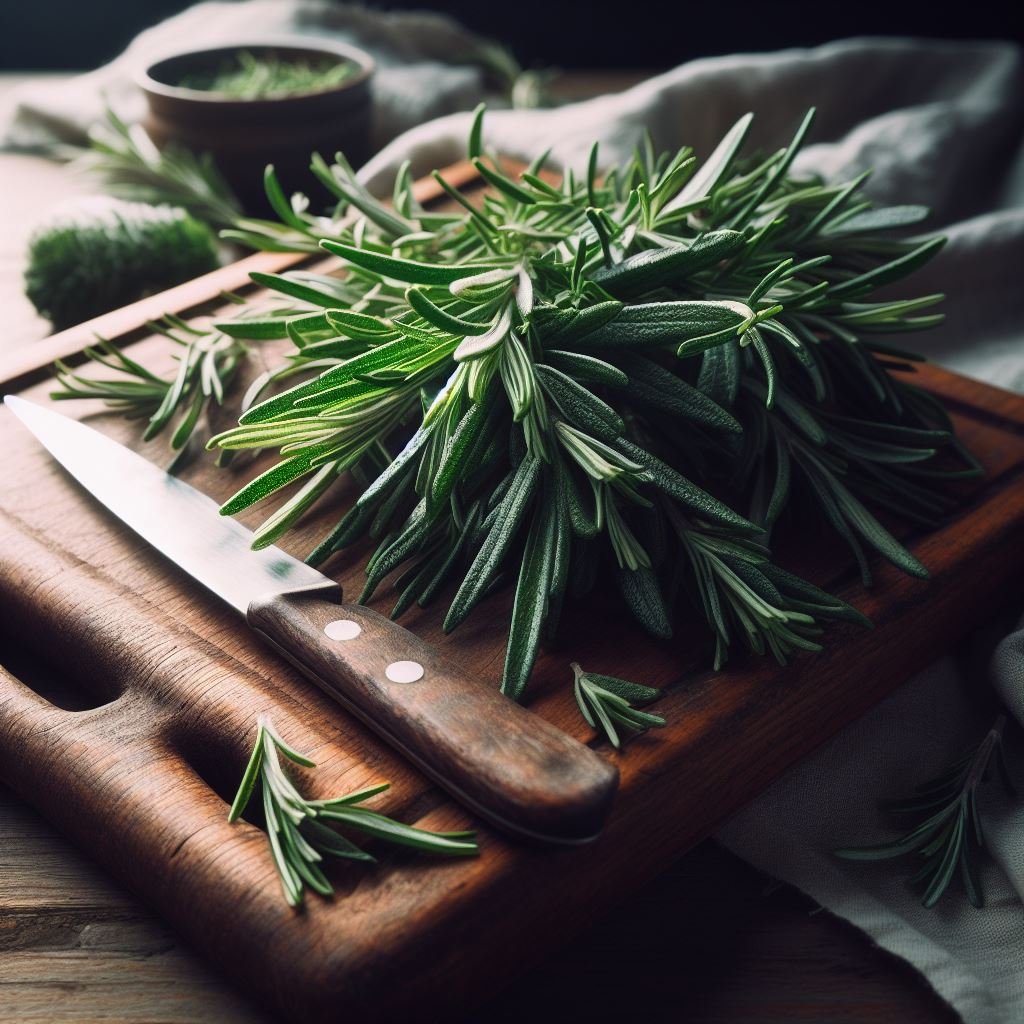Creating a captivating herb garden doesn’t have to be a water-consuming venture. With the right design and selection of herbs, you can create a lush, aromatic garden that thrives on minimal water. Whether you live in an arid region or are just looking to minimize your environmental impact, mastering low-water herb garden designs can be a rewarding endeavor.
This blog will guide you through the art of creating a beautiful and sustainable herb garden that is kind to our planet and your water bill. We will delve into the best drought-tolerant herbs, effective garden design strategies, and essential care tips for low-water herb gardens. So get ready to embark on a greener gardening journey that not only enhances your culinary experiences but also contributes to the well-being of the environment.
What are Low-Water Herbs?
Navigating the realm of sustainable gardening, don’t overlook the significance of low-water herbs. These hardy, drought-tolerant plants are not only a boon for water-conscious gardeners but also a delight for culinary enthusiasts. These low-maintenance wonders, with their varied flavors and aromas, effortlessly enhance any dish while respecting our planet’s precious water resources.
Designing a low-water herb garden may seem like a daunting task. Still, with the right selection of herbs like Rosemary, Thyme, and Sage, it becomes an exciting journey toward sustainability and flavor. Stay tuned as we delve into the world of low-water herb garden designs, a green thumb’s oasis in an arid world.
Benefits of Low-Water Herbs
Incorporating low-water herb garden designs into your landscape not only contributes to water conservation but also adds an aesthetic and culinary appeal to your space. These hardy, drought-resistant herbs, such as thyme, rosemary, and sage, offer a lush, verdant touch to your garden with minimal watering requirements. Plus, they serve double duty in the kitchen, enhancing your dishes with fresh, homegrown flavors.
So, whether you’re a seasoned gardener or a green-thumbed novice, these eco-friendly and practical garden designs are a smart, sustainable choice for your space.
Also Learn: SUFFICIENT HERB GARDEN DESIGNS FOR SUSTAINABLE LIVING
Recommended Herb Varieties Of Low Water
Lavender
In the realm of low-water herb garden designs, lavender holds a regal stance. This perennial powerhouse not only adds a splash of purple to your garden but also thrives with minimal water, making it an ideal choice for eco-friendly gardeners. It emanates a soothing aroma that can transform your herb garden into a tranquil sanctuary.
Furthermore, its resilience to pests and diseases makes it a low-maintenance, high-reward addition. So, if you’re considering a drought-tolerant herb garden, let lavender take the center stage, creating a garden that’s as sustainable as it is beautiful.
Rosemary
Incorporating rosemary into your low-water herb garden design is a smart and sustainable choice. This hardy perennial not only adds a pleasing aroma and versatile flavor to your culinary creations but also thrives in arid conditions, making it a water-wise addition to your herb garden. With the right design, you can have a lush, productive garden while minimizing your water usage.
So, why not let rosemary be the star of your water-efficient herb garden, enhancing its aesthetic appeal while keeping your water bills in check?

Thyme
Embracing the beauty and practicality of thyme in your low-water herb garden design can elevate your green space to new heights. Thyme, a resilient and aromatic herb, thrives in dry conditions, making it a perfect choice for low-water landscapes. Its versatility allows it to blend seamlessly with other drought-tolerant herbs, creating a garden that’s not only visually appealing but also rich in flavors and aromas.
So, if you’re looking to add a touch of culinary elegance to your drought-tolerant design, remember – it’s always the right ‘thyme’!
Frequently asked questions
What are some examples of low-water herb garden designs?
Some examples of low-water herb garden designs include Mediterranean-themed gardens with herbs like rosemary and thyme, succulent herb gardens with aloe and sage, or a desert-inspired garden featuring herbs like lavender and oregano.
How can I design a low-water herb garden?
To design a low-water herb garden, first, choose a sunny location. Then, select drought-tolerant herbs, such as rosemary, thyme, sage, oregano, and lavender. Use well-draining soil and mulch to conserve moisture. Also, consider incorporating a drip irrigation system for efficient watering.
What are the benefits of having a low-water herb garden?
The benefits of a low-water herb garden include saving water, which is environmentally friendly and can reduce your utility bill. These gardens also require less maintenance. Plus, many herbs that thrive in low-water conditions are commonly used in cooking, so you’ll have a fresh supply of flavorful ingredients.
Can a low-water herb garden be grown in containers?
Yes, a low-water herb garden can be grown in containers. This can be a great option for those with limited space. Just ensure the containers have good drainage, use a well-draining soil mix, and choose drought-tolerant herbs.
Conclusion
Low-water herb garden designs are not just a testament to environmental consciousness and water conservation efforts, but they are also a delightful blend of aesthetic appeal, culinary delight, and medicinal utility. They prove that you don’t need a torrent of water to cultivate a thriving garden. With the right planning, plant selection, and care, you can have an abundant, aromatic, and visually pleasing herb garden that sips rather than gulps water.
